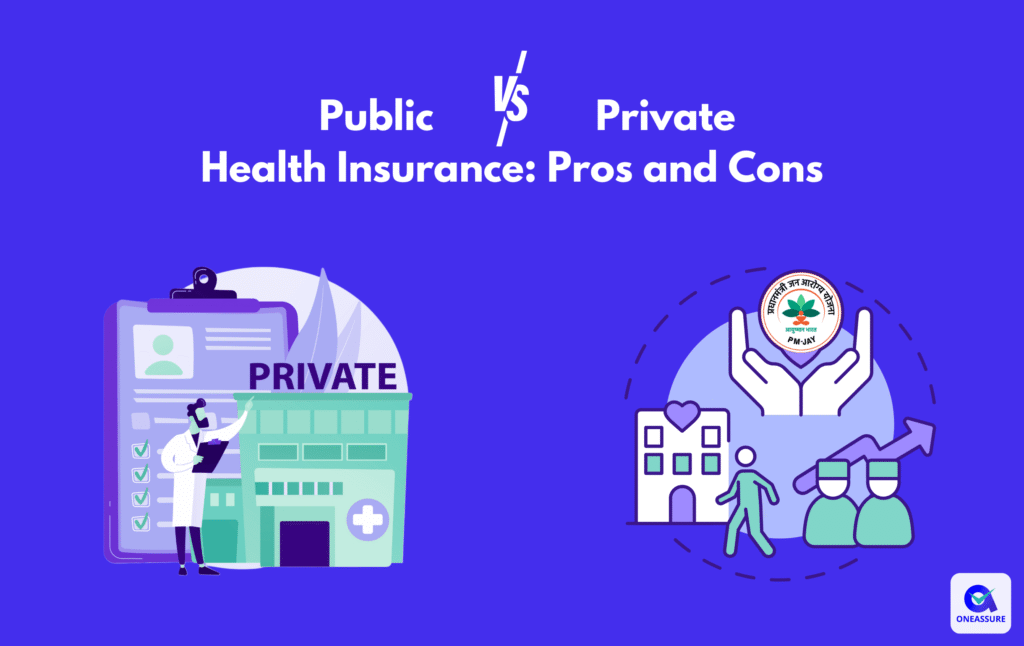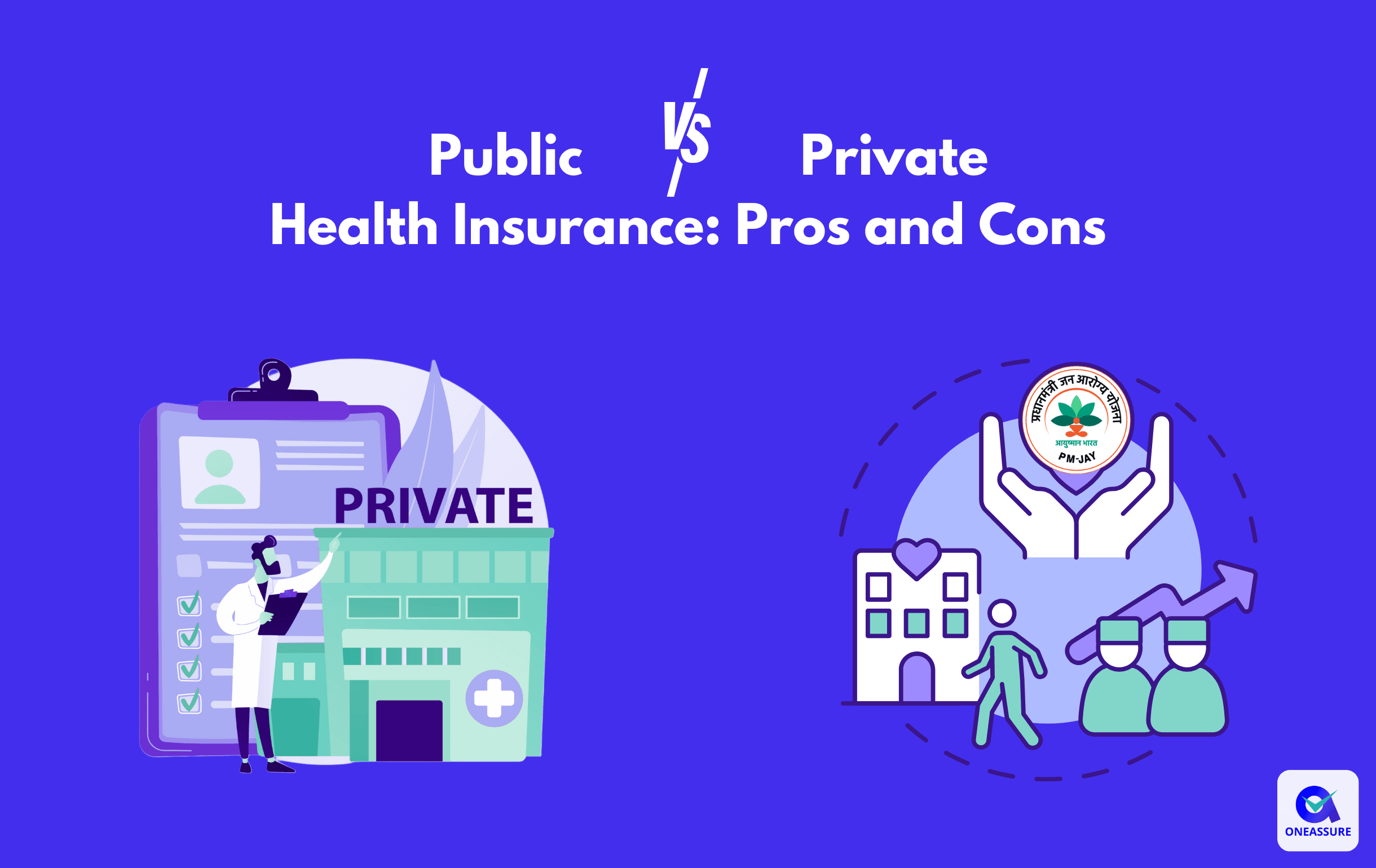
Health care systems are shaped by political, economic, and social forces. This bill is a debate that has taken place in many systems between public and private health insurance. The public-private insurance model and its effects are explored in this article. Comparing them across diamond-shaped cost-quality and equity issues.
What Is Public Health Insurance?
Public health insurance is typically a government-funded program that provides universal and non-universal health care regardless of income and employment status.
Key Features:
1: Financed through taxes (income, payroll, or consumption taxes)
2: Coverage for all citizens or residents
3: Typically free or low-cost at the point of service
4: Standardized benefits and services
5: Operated and regulated by the government
Examples include:
1: The NHS (National Health Service) in the United Kingdom
2: Medicare in Australia
3: Canada’s provincial healthcare systems
What Is Private Health Insurance?
Private insurance provides us with profit and non-profit insurance companies that offer premium plans to individuals and employers, with the benefit of the provider’s interest.
Key Features:
1: Funded by individual or employer-paid premiums
2: Greater choice of providers and services
3: Often includes private hospital care, elective procedures, dental, and vision
4: More personalized service and faster access to non-emergency care
5: May offer comprehensive, catastrophic, or supplemental coverage
Examples of countries with large private insurance markets include:
1: The United States
2: Switzerland
3: Germany (which operates a dual system)
Country Case Studies:
United Kingdom (Public)
The UK NHS is publicly funded and offers comprehensive care at the point we use it, while it is fresh for universal access from resources, and has constant and long wait times.
I have UK residents purchase private insurance to bypass queues and non-urgent surgeries.
United States (Private Dominant)
DUS releases highly-payer-based private insurance that is limited to public programs such as medical and medical technology, such as the highest per capita healthcare cost and millions of underinsured and uninsured.
Canada (Public with Private Supplemental)
Canada and the U.S. public system covering post-medical needs, but these cities open purchase private plans for all services like dental and vision coverage, some times longer than the U.S. Universe.
Australia (Mixed)
Australian Medical provides us with universal cover but this is in addition to the city and the increase in private insurance for short-term and private hospital rooms. This government subsidises private insurance premiums.
Hybrid Systems: The Best of Both?
Many countries are adopting hybrid approaches that combine public funding for primary care and private options for this system, including universal approval.
Pros:
1: Reduces strain on public hospitals
2: Increases patient choice
3: Stimulates competition and innovation
Cons:
1: Risks deepening inequality
2: May divert resources from public systems
3: Requires tight regulation to prevent abuse
Which Is Better?
There is no one-size-fits-all answer. The “better” system depends on your values and priorities:
Priority Better Option
Universal access Public
Shorter wait times Private
Cost control Public
Personalized care Private
Equity and fairness Public
Wide service range Private
Final Thoughts:
This comparison between private and public health insurance is not just about policy depth. It touches on the economic and societal values that underlie the public system, reflecting the fundamentals of private insurance, market efficiency, care coordination, and population growth. It also examines public-private and mixed-status approaches.

